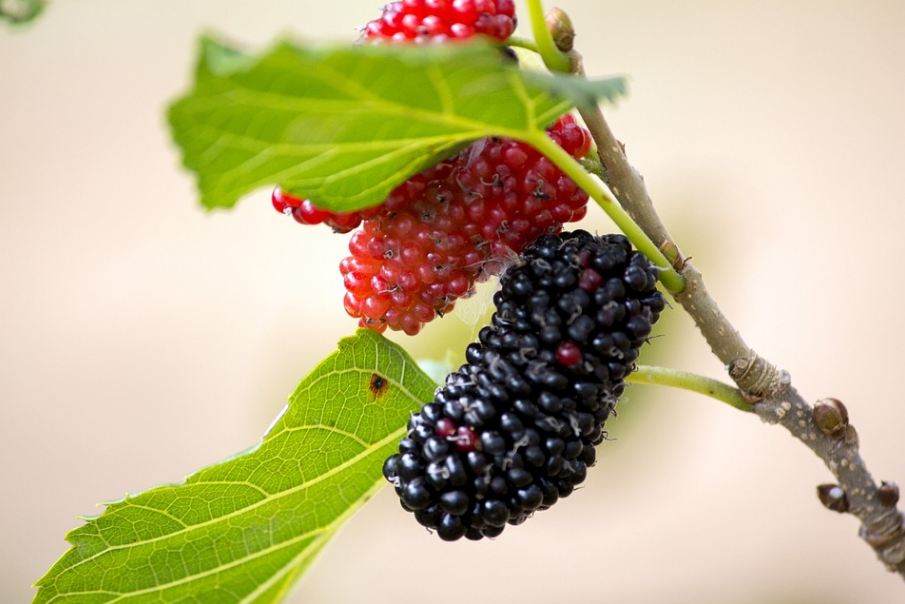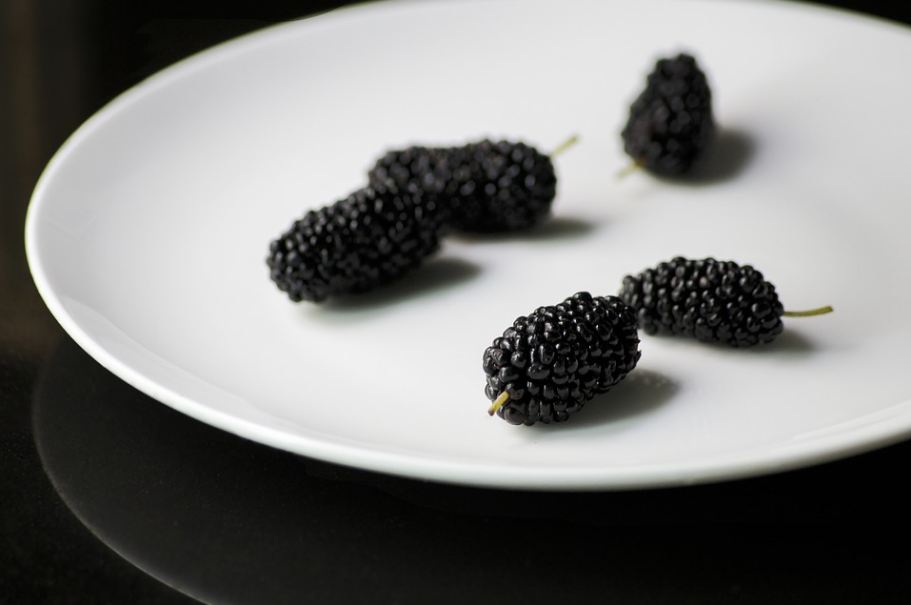Either for their commercial value or ornamental benefit as shade trees, mulberry trees have grown in demand over the years and remain one of the most favorite trees.
What are mulberries?
Mulberries are flowering, deciduous, and fruit-bearing plants from the Moraceae family. Three hundred varieties can be found worldwide.
Among the most common species for commercial purposes are the white mulberry, scientifically known as Morus alba, the black mulberry or the Morus nigra, and the red one or the Morus rubra.
White mulberries can grow a maximum height of 80 feet (24 m.) and is native to central and eastern China. They are typically white, but they can also be lavender or black.
The red variety grows around 70 feet or 21 meters in height, originally native of central and eastern the United States, and lives for 75 years of age. It usually bears a deep scarlet red, often bordering to an almost black hue.
The smallest among the three, the black mulberry, a native of western Asia, can grow up to 30 feet (9m.) in height but can survive for hundreds of years.
Mulberry fruits may come in different sizes and lengths, but they usually are similar to blackberries in dimension. In terms of flavor, they can be either sweet or tangy, depending on the fruit’s variety and ripeness. But the black mulberry has the best flavor of all, as some would say. It bears an equal blend of sweet and tart.
COMMERCIAL VALUE
Growers of mulberry trees benefit from multiple purposes that the plant possesses. Among these are for its fruits, leaves, and for nurturing silkworms.
First and foremost, there is a great demand for the fruit as it is said to be rich in antioxidants. Some say it also bears anti-bacterial properties that are quite a demand in the pharmaceutical industry. This is greatly attributed to a major shift in people’s perception of healthy living.
In Asia, Turkey, Greece, and other Mediterranean areas, mulberries, particularly the white variety, are quite rare and expensive. This is because of their rich antioxidant, vitamin, and mineral contents.
White mulberries are also utilized as formulating dietary supplements for its production of complex supplements that apparently offers a lot of positive impacts on the human body.
Aside from its health benefits, mulberries are also seen to offer its qualities for the cosmetic industry. In addition to the commercial value of its fruits, the trees are also grown to be utilized for the production of silkworm and poultry.
In Japan, silkworms and poultry are often fed with mulberry leaves.
GROW YOUR MULBERRIES
Generally, mulberry plants are tough; therefore, they usually do not need much care. It is said that the only location they would never survive is cold ones. They can either be grown as bushes or standard trees. One of the best attributes of the mulberries is their self-fertile nature.
If you are wondering how many mulberry trees to plant, a single tree is usually enough for a typical family of four to six members.
GROWING TIPS
A mulberry tree is often purchased as a young tree from a nursery. Most of these young trees are grown in containers. You may also get a cutting from a tree, ideally in either autumn or early spring. The cutting must be around 30 cm, which should include two-year-old wood at the base. In planting the cutting, the base must be buried deep that only the two or three buds show.
Mulberry trees can be planted any time the weather is appropriate, no particular season in suggestion.
Location
A young mulberry tree must be planted in an open location, ensuring that the plant gets enough sunlight for its growth. An essential tip: mulberry trees are quite “all over the place” when they grow, so avoid placing them near paths as they would mess up the area.
Soil-type
A well-manured soil is ideal for mulberry trees. They prefer well-drained, loamy, and minimally acidic soil types. As they are low maintenance by nature, they only need little fertilizer given the soil conditions are ideal.
Also, avoid heavy pruning since this might lead to heavy bleeding in the plant.
Stay on guard for pests
The trees often attract a lot of pests. Significant concerns among growers are birds that often pick the fruit. Because of this, growers usually cover their trees with nets to avoid this. Growers have their own set of ways and methods of organic pest control, which you can also learn to have.
Harvesting and storing
Early autumn is among the most regular seasons for harvesting mulberry fruits. They are often waited to drop from the trees. Growers would spread a cloth or large sheet of plastic to catch the fruits. Some even shake the trees gently to detach the fruits.


